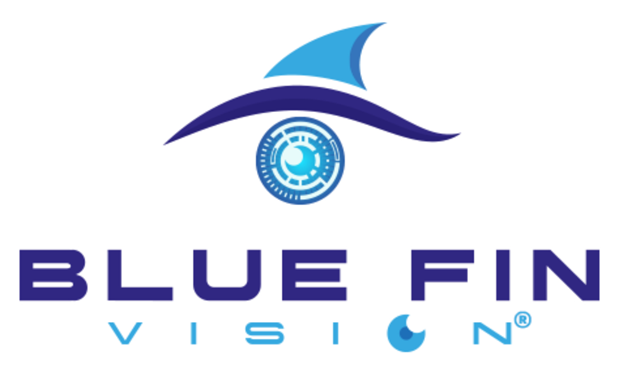Comparing Perspective Correction Possibilities: LASIK, ICL, and Lens Replacement
Comparing Perspective Correction Possibilities: LASIK, ICL, and Lens Replacement
Blog Article

Advancements in ophthalmology have changed the way we correct vision. From laser-based techniques to intraocular Lens answers, patients today have a wide selection of alternatives tailored with their specific visual needs. Among probably the most prominent procedures are Refractive lens exchange.Each procedure acts a certain function and is suitable for various age brackets, Eye situations, and lifestyle preferences.
Lens Replacement Surgery and Refractive Lens Exchange are directly related techniques used mostly for persons around 40 who are encountering presbyopia or aren't excellent prospects for laser perspective correction. In this process, the normal Lens of the eye is replaced with an artificial intraocular Lens (IOL) to enhance focus and lower dependence on glasses or contact lenses. It is especially beneficial for individuals with large refractive mistakes or those looking for a long-term answer that also removes the chance of future cataract development.
ICL Surgery involves the implantation of a smooth, variable Lens behind the iris and in front of the normal lens. Unlike Lens Replacement, ICL does not eliminate the organic Lens, which makes it a reversible procedure. It's very ideal for young people with slim corneas or those with average to large examples of nearsightedness who're maybe not ideal candidates for LASIK or PRK. One of the important benefits of ICL could be the storage of corneal structure, which may be vital for long-term ocular health.
Cataract Surgery is frequently done once the natural Lens becomes clouded, generally due to aging. In this method, the gloomy Lens is eliminated and changed with a clear IOL. Technological developments have produced cataract surgery better, faster, and more specific, usually enhancing both perspective quality and overall quality of life.
Laser Eye Surgery, including LASIK, continues to be among typically the most popular methods for improving refractive errors such as myopia, hyperopia, and astigmatism. LASIK involves reshaping the cornea employing a specific laser allowing light entering the eye to be effectively focused onto the retina. The answers are generally quick, and healing occasions are short. LASIK is great for people with stable medications and adequate corneal thickness.
Selecting the most appropriate perspective modification treatment is dependent upon a few facets, including age, prescription, corneal wellness, life style, and particular expectations. An extensive Eye examination done by a competent ophthalmologist is essential in determining the most suitable treatment path.
To conclude, contemporary perspective modification procedures are safe, efficient, and highly customizable. If you are seeking to eliminate your dependence on helpful contacts or handle age-related improvements in perspective, today's advanced operative options provide reliable and lasting results. With the right evaluation and guidance, clear vision can be a reality for a wide range of individuals. Report this page